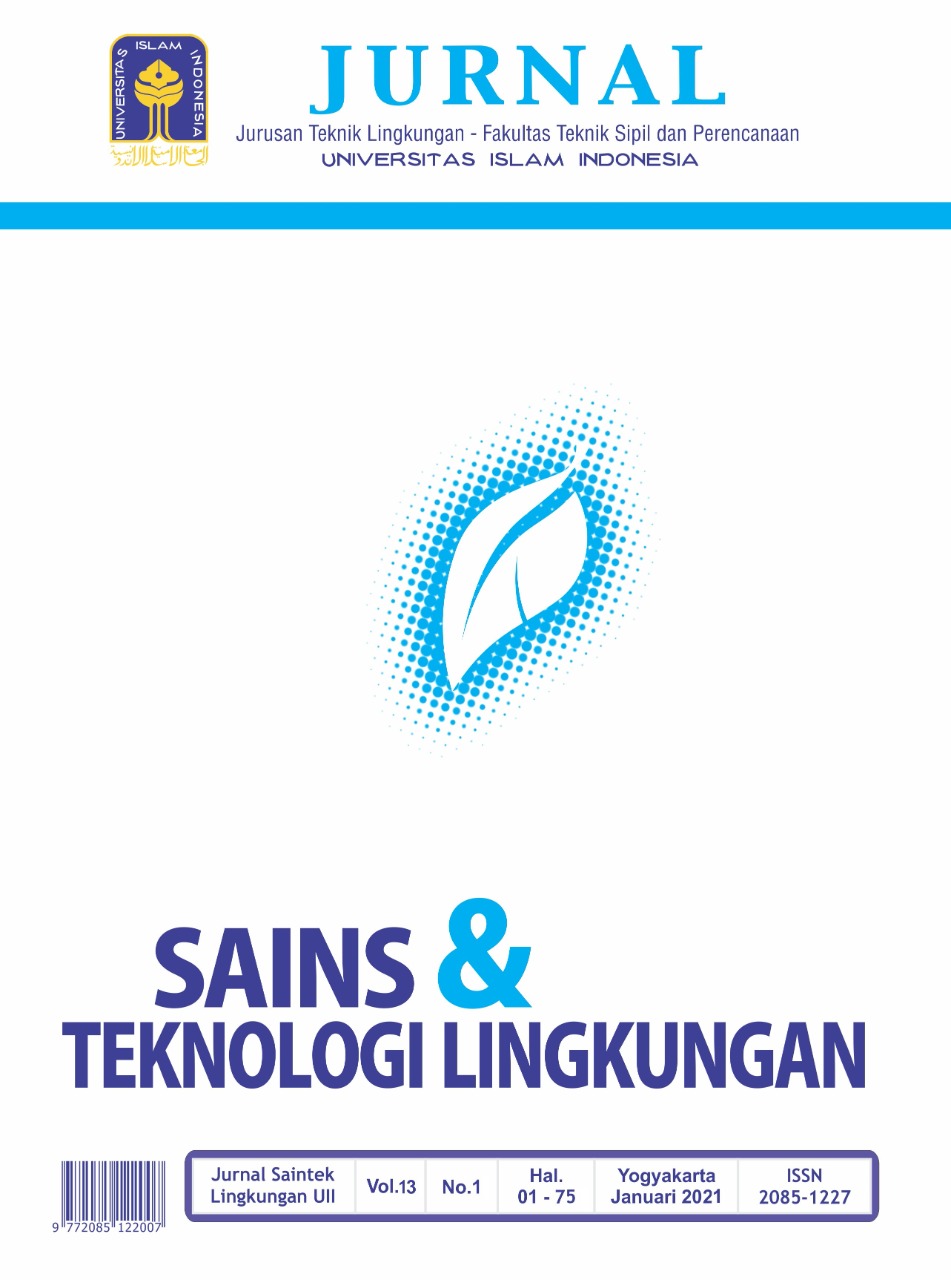Main Article Content
Abstract
Keywords
Article Details
Authors who publish with this journal agree to the following terms:
- Authors retain copyright and grant the journal right of first publication with the work simultaneously licensed under a Creative Commons Attribution License that allows others to share the work with an acknowledgement of the work's authorship and initial publication in this journal.
- Authors are able to enter into separate, additional contractual arrangements for the non-exclusive distribution of the journal's published version of the work (e.g., post it to an institutional repository or publish it in a book), with an acknowledgement of its initial publication in this journal.
- Authors are permitted and encouraged to post their work online (e.g., in institutional repositories or on their website) prior to and during the submission process, as it can lead to productive exchanges, as well as earlier and greater citation of published work (See The Effect of Open Access).
References
- Agustiningsih, D., Sasongko, S. B., & Sudarno., (2012), Analisis Kualitas Air Dan Strategi Pengendalian Pencemaran Air Sungai Blukar Kabupaten Kendal, 9(2), pp.64–71. https://doi.org/10.14710/presipitasi.v9i2.64-71
- Alihar, F., (2018), Penduduk dan Akses Air Bersih di Kota Semarang (Population and Access to Clean Water in Semarang City), Jurnal Kependudukan Indonesia, 13, pp.67–76.
- Fitri, R. N., Harisuseno, D., & Asmaranto, R., (2014), Studi Kerentanan Polusi Airtanah Dangkal Berbasis SIG dengan Metode SINTACS di Kecamatan Tongas Kabupaten Probolinggo, 3(22), pp.58–66.
- Hartoyo, F. A., Cahyadi, A., & Dipayana, G. A., (2011), Pemetaan Risiko Pencemaran Airtanah Menggunakan Metode Drastic Modifikasi, Simposium Nasional Sains Geoinformasi PUSPICS, Fakultas Geografi Universitas Gadjah Mada Yogyakarta.
- Hendrayana, H., & Vicente, V. A. de S., (2013), Cadangan Airtanah Berdasarkan Geometri dan Konfigurasi Sistem Akuifer Cekungan Airtanah Yogyakarta-Sleman, Prosiding Seminar Nasional Kebumian Ke-6, pp.356–370.
- Linggasari, S., Cahyadi, T. A., & Ernawati, R., (2019), Overview Metode Perhitungan Kerentanan Airtanah Terhadap Rencana Penambangan, pp.123–129.
- Narany, T. S., Aris, A. Z., Sefie, A., & Keesstra, S., (2017), Detecting and Predicting The Impact of Land Use Changes on Groundwater Quality, A Case Study In Northern Kelantan, Malaysia, Science of The Total Environment, pp.844–853. https://doi.org/10.1016/j.scitotenv.2017.04.171
- Purnama, S. G., (2017), Modul Manajemen Bencana, Program Studi Kesehatan Masyarakat Fakultas Kedokteran Universitas Udayana.
- Putranto, T. T., Widiarso, D. A., & Yuslihanu, F., (2016), Studi Kerentanan Air Tanah terhadap Kontaminan Menggunakan Metode DRASTIC di Kota Pekalongan, Teknik, 37(1), pp.26. https://doi.org/10.14710/teknik.v37i1.9637
- Rebolledo, B., Gil, A., Flotats, X., & Sánchez, J. Á., (2016), Assessment of Groundwater Vulnerability to Nitrates from Agricultural Sources Using a GIS-Compatible Logic Multicriteria Model, Journal of Environmental Management, 171, pp.70–80. https://doi.org/10.1016/j.jenvman.2016.01.041
- Sugianti, K., Mulyadi, D., & Maria, R., (2015), Analisis Kerentanan Pencemaran Air Tanah dengan Pendekatan Metode DRASTIC di Bandung Selatan, Jurnal Lingkungan Dan Bencana Geologi, 7(1), pp.19–33.
References
Agustiningsih, D., Sasongko, S. B., & Sudarno., (2012), Analisis Kualitas Air Dan Strategi Pengendalian Pencemaran Air Sungai Blukar Kabupaten Kendal, 9(2), pp.64–71. https://doi.org/10.14710/presipitasi.v9i2.64-71
Alihar, F., (2018), Penduduk dan Akses Air Bersih di Kota Semarang (Population and Access to Clean Water in Semarang City), Jurnal Kependudukan Indonesia, 13, pp.67–76.
Fitri, R. N., Harisuseno, D., & Asmaranto, R., (2014), Studi Kerentanan Polusi Airtanah Dangkal Berbasis SIG dengan Metode SINTACS di Kecamatan Tongas Kabupaten Probolinggo, 3(22), pp.58–66.
Hartoyo, F. A., Cahyadi, A., & Dipayana, G. A., (2011), Pemetaan Risiko Pencemaran Airtanah Menggunakan Metode Drastic Modifikasi, Simposium Nasional Sains Geoinformasi PUSPICS, Fakultas Geografi Universitas Gadjah Mada Yogyakarta.
Hendrayana, H., & Vicente, V. A. de S., (2013), Cadangan Airtanah Berdasarkan Geometri dan Konfigurasi Sistem Akuifer Cekungan Airtanah Yogyakarta-Sleman, Prosiding Seminar Nasional Kebumian Ke-6, pp.356–370.
Linggasari, S., Cahyadi, T. A., & Ernawati, R., (2019), Overview Metode Perhitungan Kerentanan Airtanah Terhadap Rencana Penambangan, pp.123–129.
Narany, T. S., Aris, A. Z., Sefie, A., & Keesstra, S., (2017), Detecting and Predicting The Impact of Land Use Changes on Groundwater Quality, A Case Study In Northern Kelantan, Malaysia, Science of The Total Environment, pp.844–853. https://doi.org/10.1016/j.scitotenv.2017.04.171
Purnama, S. G., (2017), Modul Manajemen Bencana, Program Studi Kesehatan Masyarakat Fakultas Kedokteran Universitas Udayana.
Putranto, T. T., Widiarso, D. A., & Yuslihanu, F., (2016), Studi Kerentanan Air Tanah terhadap Kontaminan Menggunakan Metode DRASTIC di Kota Pekalongan, Teknik, 37(1), pp.26. https://doi.org/10.14710/teknik.v37i1.9637
Rebolledo, B., Gil, A., Flotats, X., & Sánchez, J. Á., (2016), Assessment of Groundwater Vulnerability to Nitrates from Agricultural Sources Using a GIS-Compatible Logic Multicriteria Model, Journal of Environmental Management, 171, pp.70–80. https://doi.org/10.1016/j.jenvman.2016.01.041
Sugianti, K., Mulyadi, D., & Maria, R., (2015), Analisis Kerentanan Pencemaran Air Tanah dengan Pendekatan Metode DRASTIC di Bandung Selatan, Jurnal Lingkungan Dan Bencana Geologi, 7(1), pp.19–33.
